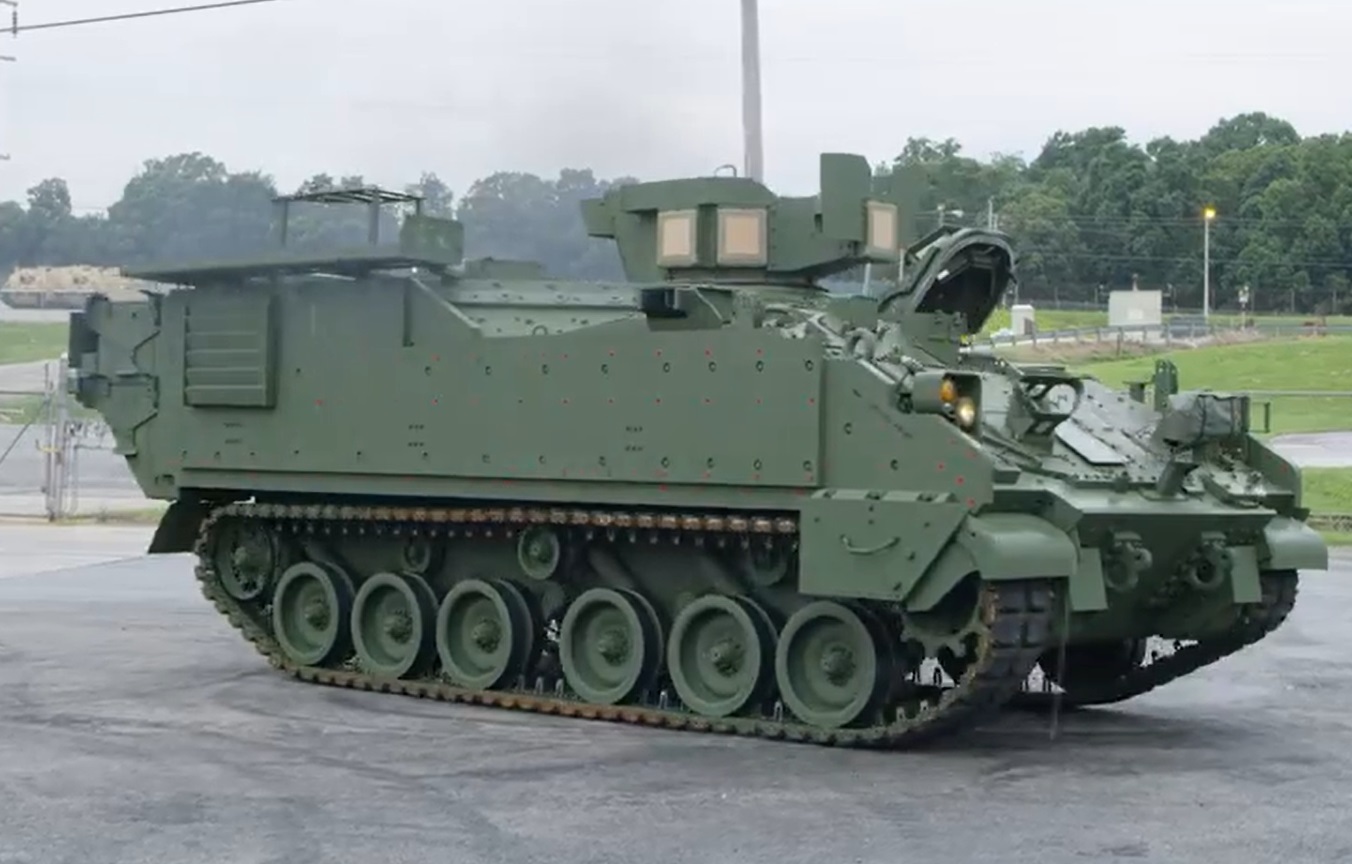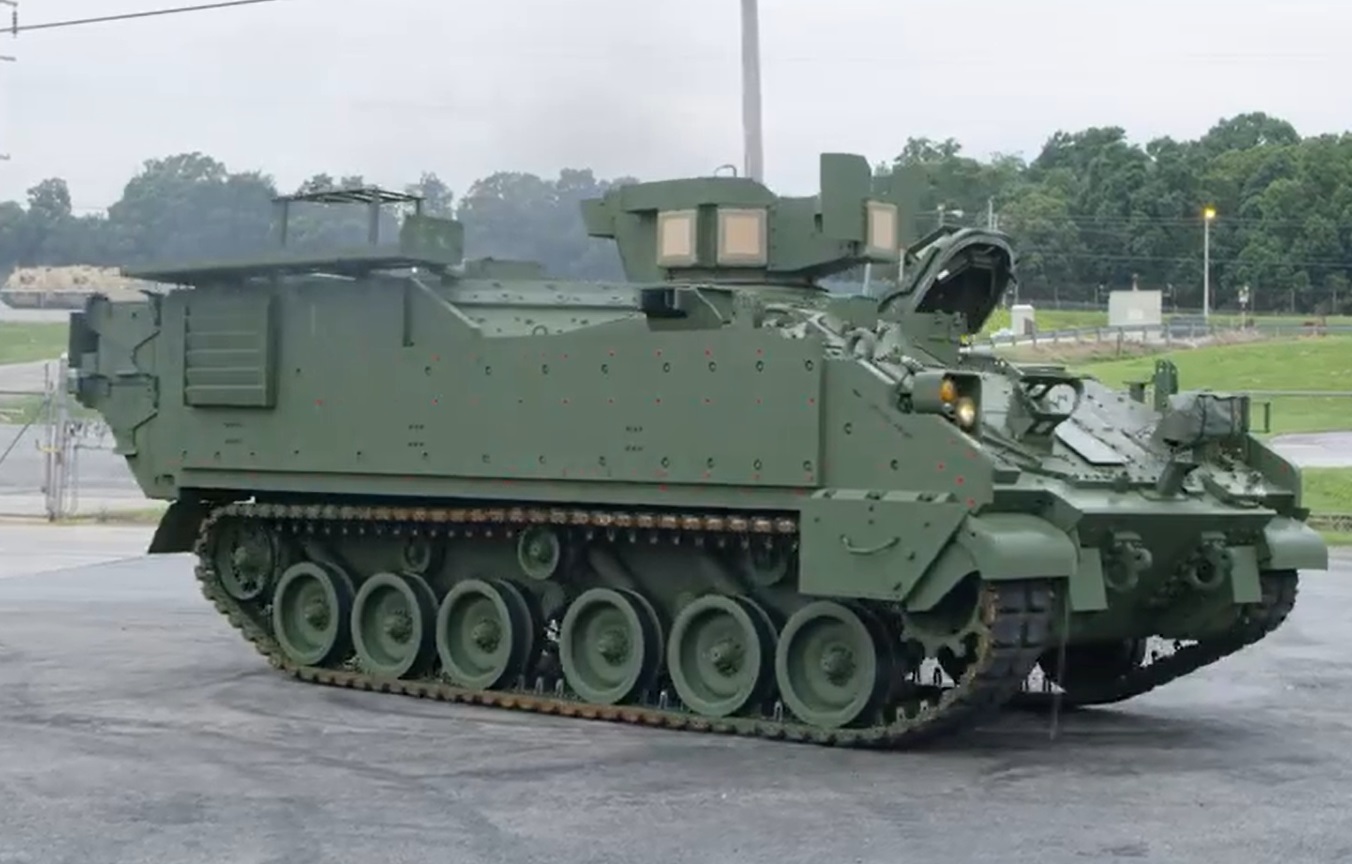
BAE Systems rolled out the first production Armored Multi-Purpose Vehicle, also known as AMPV, at its facility in York, Pennsylvania, Aug. 31.
The AMPV is central to the Army’s modernization objectives and comes in five variants to meet a wide range of missions across the battlefield, according to a company news release.
“Finalizing the first AMPV for delivery marks a major milestone for the program and the U.S. Army,” said Bill Sheehy, AMPV program director for BAE Systems’ Ground Vehicles product line. “The AMPV is designed to meet the Army’s missions for the Armored Brigade Combat Teams (ABCT), and lay the foundation for the future of the battlefield.”
- ADVERTISEMENT - CONTINUE READING BELOW -
Identified by the Army as a top priority for safety and survivability, the AMPV family provides the Army with a highly survivable and mobile fleet of vehicles that address a critical need to replace the M113s and maneuver with the ABCT in challenging terrain on the front lines.
The Mission Command vehicle will be the first vehicle delivered and is the cornerstone of the Army’s ABCT Network Modernization Strategy. It facilitates digital mission command, taking advantage of increased volume, protection, power and cooling capabilities and provides flexibility and growth capacity for command, control, communications and computer capabilities.
The AMPV would replace 5 variants of the M113 Armored Personnel Carrier family of vehicles, which have been in service since the Vietnam-era. Nonetheless, the M113 was built for a different generation of warfighting, and the recently developed AMPV is intended to dramatically increase Soldiers’ transport capabilities.
The AMPV’s five variants–a general purpose vehicle, mission command vehicle, mortar carrier, and medical evacuation and treatment vehicles– have nearly 80% more interior volume than their predecessor, and significantly more power and survivability. Cooling and electrical systems are also upgraded to accommodate both existing and future upgrades.
If you wish to report grammatical or factual errors within our news articles, you can let us know by using the online feedback form.

BAE Systems unveils first production Armored Multi-Purpose Vehicle
BAE Systems rolled out the first production Armored Multi-Purpose Vehicle, also known as AMPV, at its facility in York, Pennsylvania, Aug. 31. The AMPV is central to the Army's modernization obje

